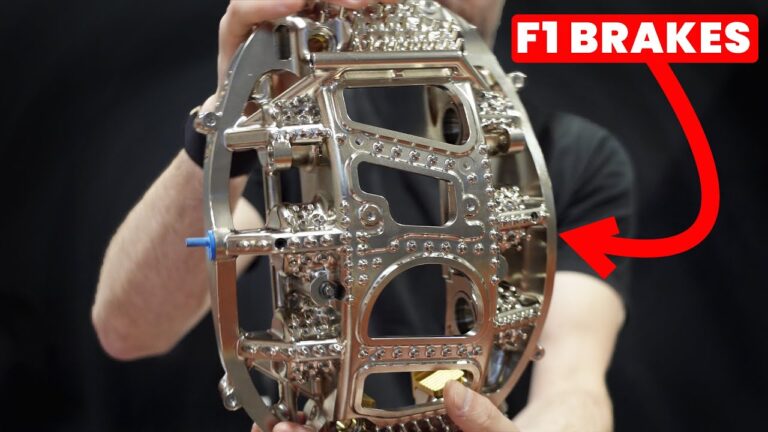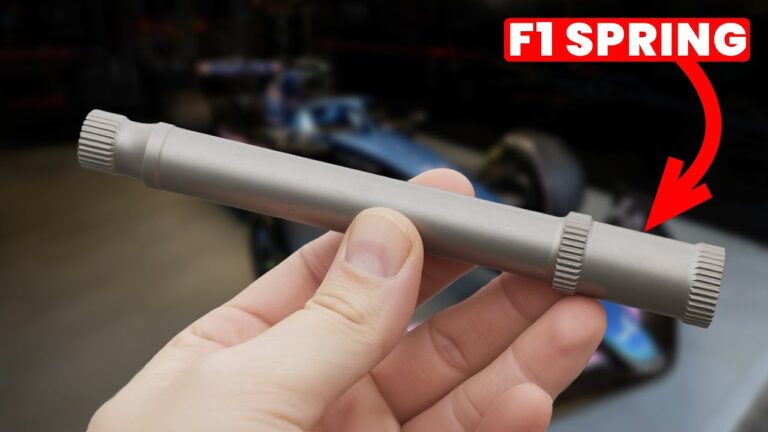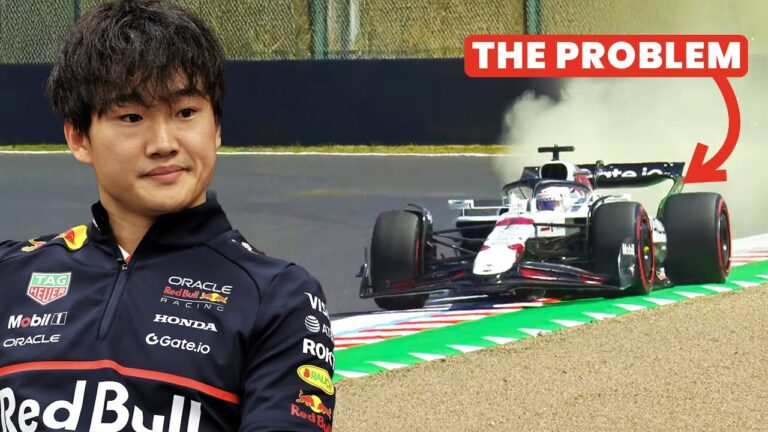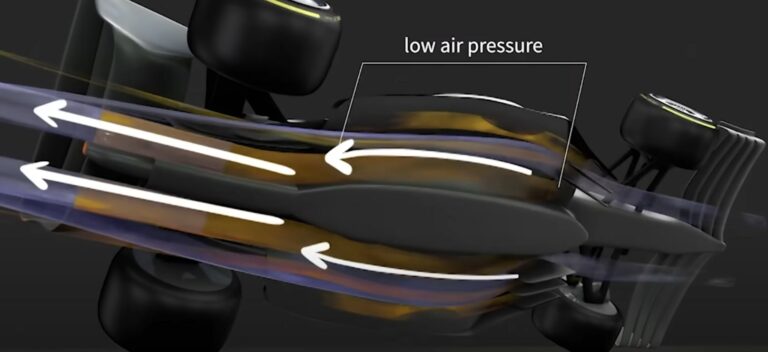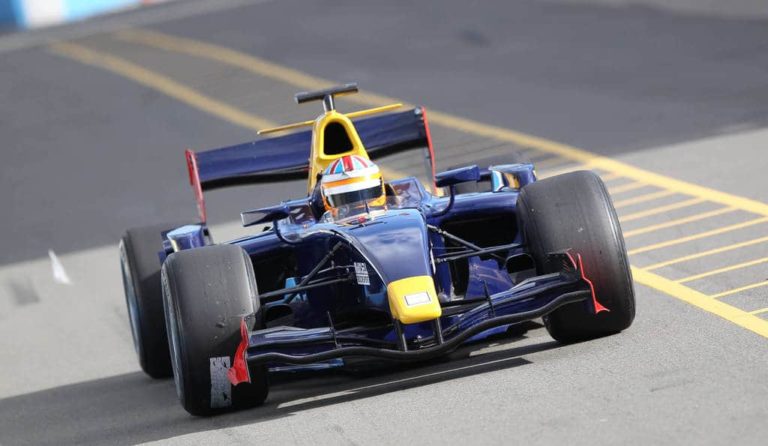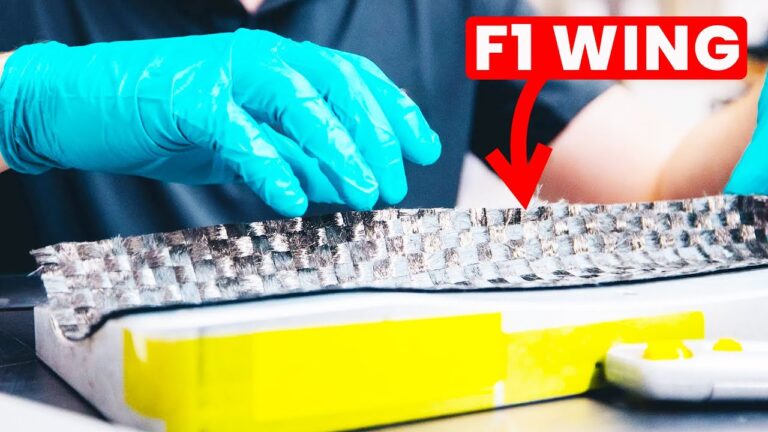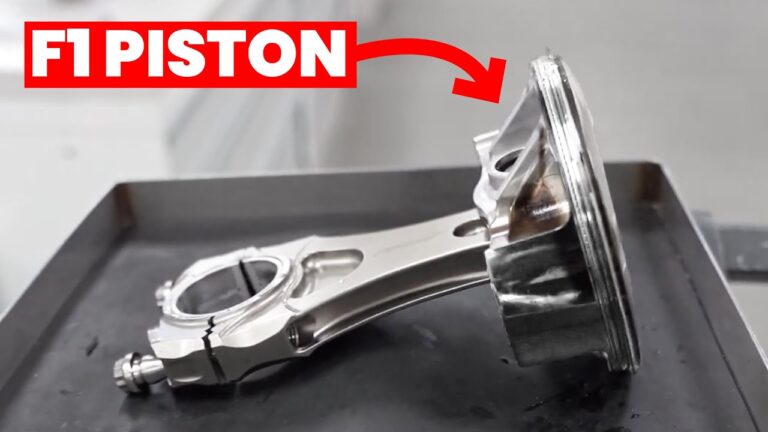Ferrari and other top F1 teams are spending up to £8 million on simulators so realistic that they can develop car components without ever leaving the factory. The Denisma simulators represent the cutting edge of motorsport technology, where wind tunnel data transforms directly into virtual testing that influences race weekend performance.
When F1 teams design new aerodynamic components, they follow a precise development chain: computational fluid dynamics testing, wind tunnel validation, then straight into the simulator. The data flows directly from tunnel experiments into what engineers call a “vehicle model” – software that captures the complete physics of the car. But here’s the crucial difference: computers don’t care how difficult a car is to drive, whilst human drivers need to feel every nuance at the limit of grip.
The engineering challenge that sets Denisma apart is latency. Their systems achieve just 3-5 milliseconds delay between driver input and simulator response – vastly faster than competitors. This matters because when an F1 car steps out at 180mph, drivers must feel that movement instantly to provide the counter-steering corrections that prevent a spin. Any detectable delay renders the simulator useless for limit driving, which is exactly what Lewis Hamilton discovered with older, slower systems.
The motion platform operates in six directions, but the real innovation lies in how it handles sustained G-forces. Formula 1 cars generate up to 6G under braking and 5G through fast corners – impossible to replicate without a simulator the size of an actual racetrack. Denisma’s solution uses high-pass filtering to focus on changes in acceleration rather than absolute forces. When a driver modulates brake pressure as downforce reduces during deceleration, the simulator captures those subtle variations that allow precise car control.
This technology pays dividends in development speed. Teams can test new components in the wind tunnel, plug that data into the simulator, have their drivers evaluate it, and manufacture parts for the very next race. The £2.5 million entry-level system might seem expensive, but when a single F1 front wing costs £150,000 to manufacture, virtual testing saves massive amounts of money and time. Teams trust these simulators so completely that they make major car development decisions based purely on virtual feedback.



